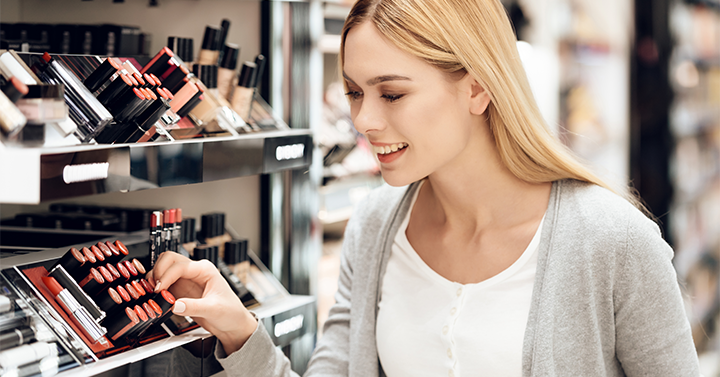With inflation rising 9.1% in June to its highest level in over 40 years, will beauty retail experience even bigger declines in store traffic? Kline’s analysis of U.S. foot traffic from SafeGraph proves that beauty retailers are indeed not immune to the inflationary impacts, as foot traffic was down 18% in May from April and down 14% versus year ago for tracked retailers, including Ulta, Victoria’s Secret, and Nordstrom. With brands and retailers adjusting their pricing to reflect the economy, consumers are starting to curtail their store visits. But, how are retailers adapting to retain shoppers?
Digitally Led Consumer Marketing
From TikTok, where beauty influencers model their glowing skin and hype up their new favorite products to livestream shopping that provides a digitized brick-and-mortar experience, retailers have found new strategies to propel sales in the omnichannel retail environment. While TikTok has been a major marketing component over the last year for both retailers and brands alike, YouTube is now tapping into the social shopping community through the debut of shoppable links to better engage its beauty creators, brand partners, and viewers. Brands such as Olaplex, Lancôme, and Naturium partnered with YouTube, among 30+ other beauty brands, for the social media platform’s first-ever shoppable Beauty Festival in June.
Rethinking Return Policies
Big retail chains such as Target and Walmart have addressed their inventory surplus in recent weeks and the possibility of amending return policies to allow consumers to keep their refunded items in efforts to reduce product build-up. While these changes may be more directed toward merchandise and other consumer goods outside of the beauty bubble, this could help lessen shoppers’ fears over price increases and keep them in the store.
Lower Tier Prices
After months of raising prices due to the economic climate, retailers and brands are likely to shift toward value-priced products, as well as bundles to save on packaging. The market has already observed some brands like Lime Crime lower the price points in recent months for their existing products. Moreover, it is also possible that marketers’ new product activity will emphasize mid- to lower-pricing moving forward.
Kline’s new Beauty Destinations: Intelligence Center will gather, process, and understand large volumes of data relating to the U.S. beauty retailing industry on an ongoing basis. This robust digital platform will help frequently measure the sales performance of 30+ beauty retailers, track store openings and closures, see visitor and foot-traffic trends, benchmark against competing retailers, and stay up to date on the latest channel and retailer developments. For an inside look at this new digital platform, please schedule a demo with our team.

